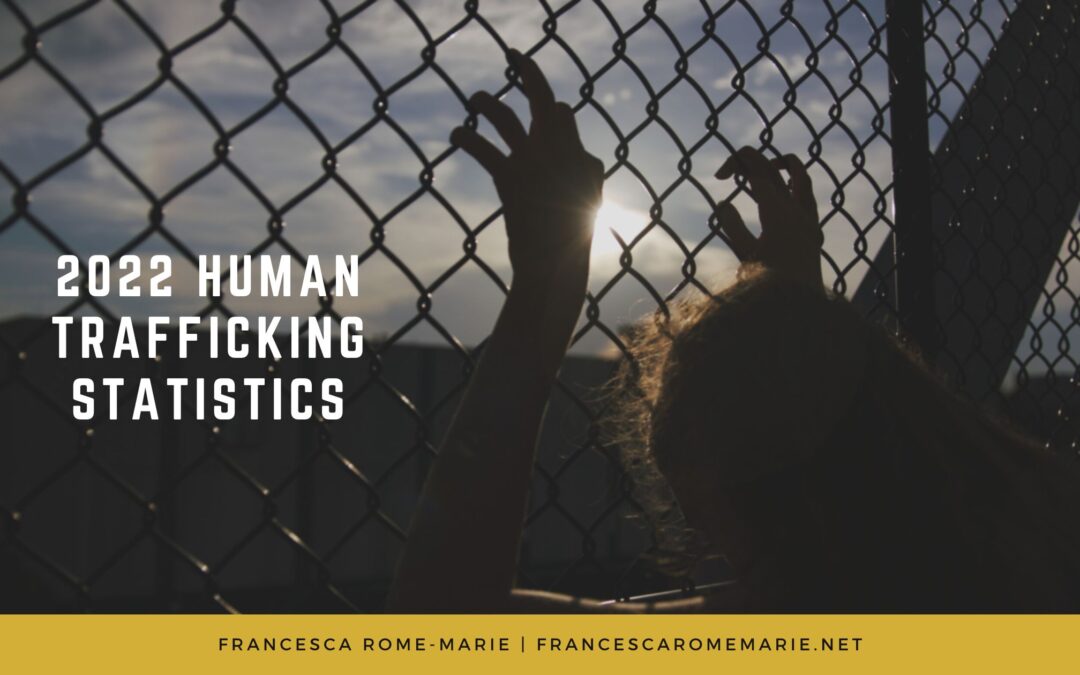It’s challenging to determine exactly how widespread human trafficking and modern slavery are worldwide. And while some people use the terms interchangeably, it is more accurate to say human trafficking is a type of modern slavery. Therefore, data on the larger issue of slavery is informative for trafficking.
In its 2022 report, the International Labor Organization – with Walk Free and the International Organization for Migration – estimated 49.6 million victims of modern slavery on any given day in 2021. Of those, 27.6 million were subjected to forced labor and 22 million to forced marriage.
This is an increase from the estimates for 2016 of 40.3 million with 25 million people in forced labor and 15 million in forced marriage. Part of this increase is ascribed to impacts of the Covid-19 pandemic, which is unsurprising since crisis situations often increase the risk of people falling into forced labor and trafficking.
Victims of Human Trafficking & Modern Slavery
Many think of commercial sexual exploitation when they hear human trafficking, but the issue spans the labor market and affects nearly every economic sector and all genders in all regions of the world.
Though anyone can become a victim, traffickers often prey on marginalized people with limited support networks. Because of this, some populations are more vulnerable to human trafficking than others. These groups include underserved children, the homeless, LGBTQIA+ persons, ethnic and cultural minorities, migrants, and people with mental health issues.
In 2016 it was believed that 71% of modern slavery victims were women and girls, but 2021 estimates dropped to 54%. Estimates that around 1 in 4 are children remain largely unchanged.
Labor Exploitation Victims
This subset of forced labor includes all non-sexual labor and ensnared 17.3 million people daily in 2021. Of these, 1.3 million were children, 11.3 million were men, 6 million were women, 15% were migrants, and 1 in 5 were victims of debt bondage.
The services sector, which includes hospitality and transport, accounted for 5.5 million victims. This was followed by manufacturing, construction, agriculture, domestic work, and mining/quarrying as the most exploitative industries.
Commercial Sexual Exploitation Victims
The ILO estimates about 6.3 million individuals were victims of commercial sexual exploitation on any given day – up from 4.8 million in 2016. These are child victims of sexual exploitation and adults forced into the sex industry.
Four of five victims were women and girls. Around 3.8 million were adults, while 1.7 million were children – meaning that half of all children in forced labor are in commercial sexual exploitation. The report notes the strong connection between commercial sexual exploitation and trafficking.

